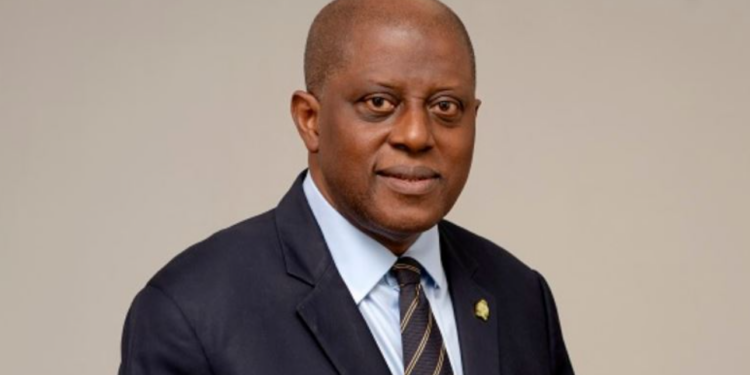The Central Bank of Nigeria’s latest recapitalisation drive has entered a decisive phase, with 14 banks now confirmed to have fully complied with the new minimum capital requirements.
Governor Yemi Cardoso, speaking after the conclusion of the 302nd Monetary Policy Committee (MPC) meeting in Abuja, explained that the fresh thresholds were designed to secure the long-term resilience of the financial system. Under the revised framework, commercial banks with international licences must maintain a capital base of ₦500 billion, those with national licences ₦200 billion, and regional banks ₦50 billion. Merchant banks face the same ₦50 billion benchmark, while non-interest banks must meet ₦20 billion for national operations and ₦10 billion for regional operations.
Cardoso stressed that the recapitalisation programme, alongside the recent termination of forbearance measures and waivers on single obligor exposures, reflects the CBN’s push for stronger risk governance and transparency across the sector. “We are laying the foundation for a more stable, more accountable banking industry,” he noted.
Alongside these reforms, the MPC announced a 50-basis-point reduction in the Monetary Policy Rate, lowering it from 27.50 % to 27.00 %, citing progress in moderating inflation. The Cash Reserve Ratio for commercial banks was revised downward from 50 % to 45 %, while merchant banks retain a CRR of 16 %. The Liquidity Ratio remains unchanged at 30 %, though a 75 % CRR has now been imposed on non-TSA public sector deposits to tighten liquidity management.
While acknowledging that the withdrawal of forbearance may produce short-term challenges for some institutions, Cardoso insisted the overall banking system remains sound and well-positioned to support Nigeria’s economic stability and growth trajectory.



